Today was an action packed day with two separate tundra hikes and close encounters with killer whales. This day will be split into two journals.
Padloping Island - August 14, 2013
As we scrambled up the slope of Padloping Island, our boots sank deep into the soggy tundra in many spots. We diligently skirted surveying stakes set up for an environmental cleanup project on the island.
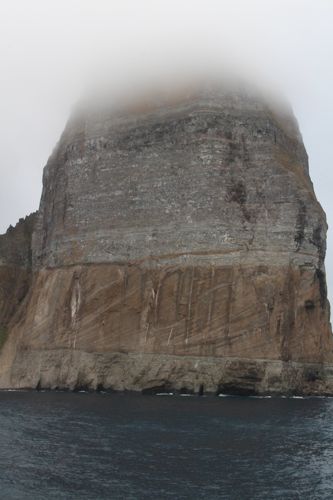
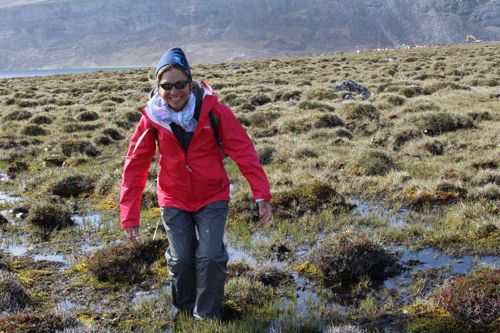
Weather Station
In October 1941 the United States Army Air Corps established a weather reporting station on Padloping Island. In 1953, the Royal Canadian Navy took over the operation of the station, before it was abandoned in 1956. During its operation Pibals and Theodolites were used to determine wind speed and direction.
Pibals are pilot weather balloons that are filled with helium before being released into the air.
Theodolites are telescopes mounted on two moveable axes used for tracking the balloon. One axis rotates for elevation changes (vertical), and the other moves for azimuth (horizontal) changes. They are similar to a surveyor's transit tool.
A watchkeeper (person who worked at the station) operated the theodolites (telescopes) from an outside tower. The watchkeeper tracked the pibal (balloon) and recorded the data so that wind speeds and directions could be calculated at various altitudes. Watching and recording the data from the balloon was not always a pleasant job in the winter, when the temperature often dips to -20° F (-29°C). Today balloons are still used for these measurements. The theodolite is replaced by radiosondes that can transmit data using a radio frequency. The atmospheric data can now include pressure, altitude, latitude/longitude, temperature, relative humidity, and wind speed and direction. See my blog from the Atmospheric Radiation Measurement (ARM) ClimateThe average weather over a particular region of the Earth. Climate originates in recurring weather phenomenon that result from specific types of atmospheric circulation. Research Facility in Barrow, AK where I have an image of them releasing a weather balloon for accumulating this type of data.
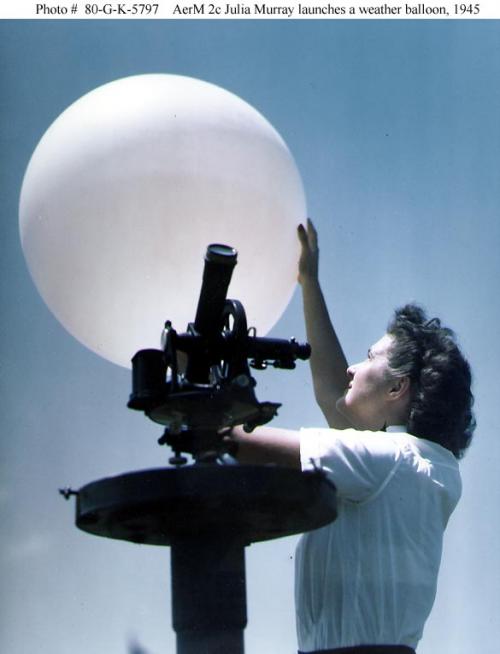
Distant Early Warning (DEW) Lines
Weather data from Padloping was used as part of the DEW Line network during the Cold War era. The Distant Early Warning Line was a system of radar stations that spanned from Alaska, across Canada and into Greenland. Their purpose was to detect incoming Soviet bombers and provide warning of and land-sea invasions. In Canada, many Inuit helped build and man these stations. These stations went through several iterations as technology changed during the Cold War. In 1990 when the Cold War ended and the USSR dissolved, the US withdrew from all of the DEW Line stations.
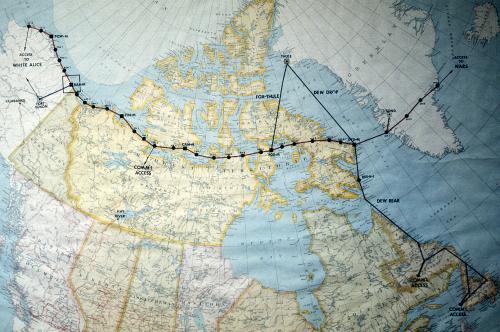
Environmental Clean Up
As stations were shut down, Canada was left with cleaning up the Arctic where these sites were once housed in their country. Many of the sites had large amounts of hazardous waste including PCBs (Polychlorinated Biphenyls). These substances are a Persistent Organic Pollutant (POP), which can cause cancer in animals and humans. POPs also bioaccumulate up the food chain. One of the scientists, Amanda Grannas, from OASIS was studying the concentrations of POPs in Barrow, AK during my PolarTREC experience. Canada is in the process of cleaning up these hazardous sites, and the U.S. agreed in 1996 to contribute $100 million to the estimated $600 million price tag. Clean up of the Padloping weather station was occurring on the island as we hiked around.
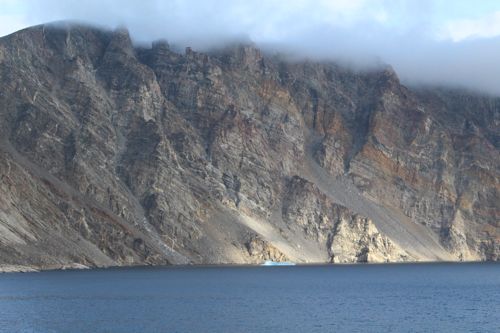
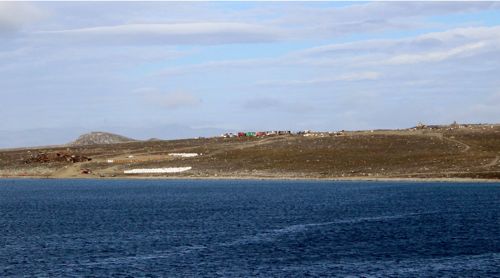
Qikiqtarjuaq
One of our guides on the expedition, Stevie Aulaqiaq, is an Inuit from Qikiqtarjuaq, Nunavut. Stevie told me the story of his grandfather leaving their home in Pangnirtung to go hunting. He had been gone a very long time and Stevie's father began to worry, so he set out with a dog sled team to look for him. He found him in Qikiqtarjuaq working on the DEW Lines. Stevie's family moved to Qikiqtarjuaq to join his grandfather when Stevie was only 6 months old. It was a four-day trip by dogsled at that time. See map below for locations with green pins.
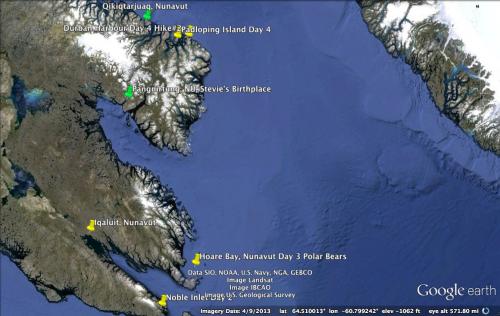
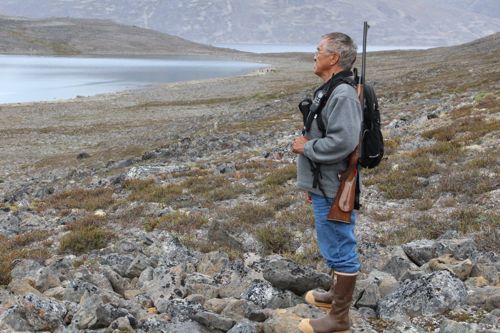
The morning was a great opportunity to learn about the history of the area we were visiting.


Comments